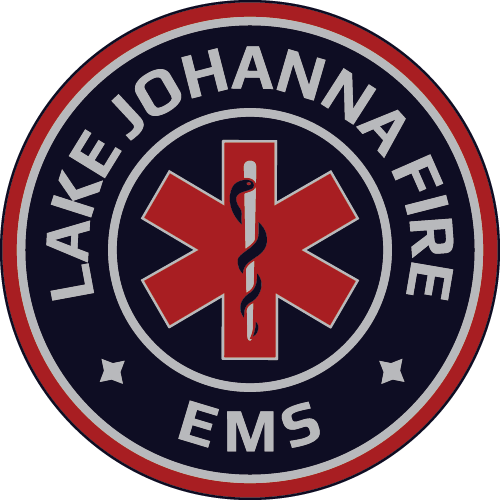
LAKE JOHANNA
FIRE DEPARTMENT



One of every three Christmas tree fires is caused by electrical problems. You should throw out any holiday lights that show signs of fraying, bare wires or other wear. If a home experiences a Christmas tree fire it is more likely to be fatal than other types of fires.
Firefighters may need to cut holes in walls or ceilings to ensure the fire is out. They also may cut holes into the roof to ventilate hot gases. You should keep receipts and records on any money spent related to fire loss. The information may be requested by your insurance company.
Two of every five home decoration fires are started by candles. Candles and open flames are the third leading cause of Minnesota structure fires. Nationally, residential candle fires peak in December.
Minnesota fire departments responded last year to more than 250,000 emergency calls. Minnesotans experienced $229 million in fire losses in 2013. Fire experts report that families may have as little as two to three minutes to escape a house fire.
Carbon monoxide is an odorless, tasteless and invisible gas. Signs of CO poisoning include headache, nausea, fatigue, vomiting and disorientation. Cooking and heating units that burn fuel and are not properly ventilated or malfunction can be a source of CO in the home.
Smoke alarms should be tested monthly. Smoke alarm batteries should be changed at least once a year. All smoke alarms should be replaced every 10 years. Working smoke alarms cut in half your risk of dying in a residential fire.
Last year in Minnesota the leading cause of structure fires was cooking. Cooking fires caused nearly $6 million in damage last year in Minnesota. The top two factors last year in cooking fires were unattended equipment and combustibles too close to a heat source.
More than 80 percent of families have not practiced home fire drills. Experts estimate you have as little as two minutes to safely escape your home once the smoke alarm sounds. Working smoke alarms provide the valuable seconds needed to escape a burning residence.
July is the peak month for U.S. home fires. Most grill fires start because something that could burn was too close to the grill. Most home fires involving grills are started by gas grills, not charcoal grills.You should check the gas tank hose on propane grills for leaks before using them for the first time.
More than 30 percent of fireworks injuries are from sparklers. There is an average of 73 hospital visits each year in Minnesota due to fireworks injuries. Approximately 40 percent of fireworks injuries each year happen to children. Fireworks that explode or shoot into the air are illegal in Minnesota.
Children between ages 10 and 17 account for about 50 percent of arson arrests. In 2013, children started 300 fires in Minnesota. Even if a child starts a small fire, it is a big deal. Fires can cause property damage, injury and death. Help is available to stop this behavior.
Approximately 98 percent of wildfires in Minnesota are caused by humans. Smokey Bear was created in 1944 and reminds us that 'Only You Can Prevent Wildfires.' More than 50 wildfires are started each year in Minnesota by campfires that are not completely extinguished, too large or unattended.